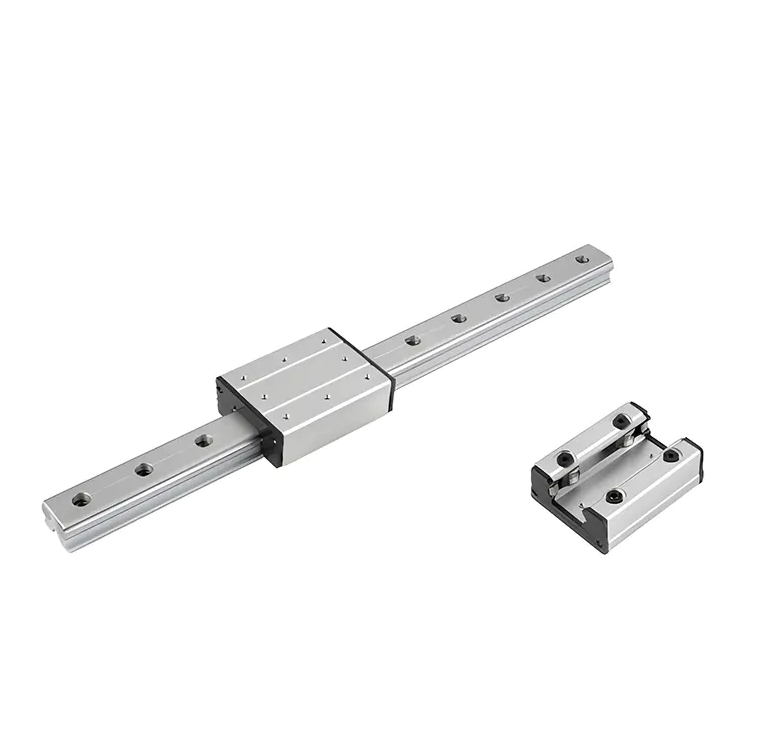The linear guideway plays a key role in equipment that requires reliable, guided movement. Unlike conventional slide rails, which often involve sliding friction, linear guideways use rolling contact between bearing blocks and rails to reduce resistance. This design enhances movement uniformity while minimizing mechanical wear.
One of the main applications of linear guideways is in machine tools, where positioning accuracy and smooth feed motion are necessary. The rigid structure of the guideway helps maintain stability even under varying loads, which is crucial for cutting tools, measuring equipment, or high-speed platforms. This stiffness reduces vibration, which may otherwise affect cutting accuracy or sensor readings.
Another benefit of linear guideways is their relatively simple maintenance. Many are designed with lubrication channels or self-lubricating blocks, which help maintain performance over time. In environments with heavy dust or metal chips, optional sealing features can be added to protect internal components.
The modular nature of linear guideway systems allows them to be customized for a wide range of uses. Engineers can select different lengths, load ratings, or preload levels to match their machine's requirements. Additionally, the ability to combine them with other linear components, such as ball screws or actuators, makes integration easier.
In automated production systems, where timing and precision are key, guideways play a crucial part in ensuring that movement aligns with software commands. Their low-friction properties help preserve energy efficiency, especially in machines that operate continuously for long periods.
In testing systems, such as coordinate measuring machines, linear guideways ensure repeatable measurements by reducing travel deviation. As technologies continue to demand accuracy, compact design, and quiet operation, the relevance of these mechanical guides grows steadily.
Whether in large machining centers or compact laboratory devices, the linear guideway supports movement with control and durability. Its structure and design reflect an understanding of mechanical needs where consistency in motion is necessary.

